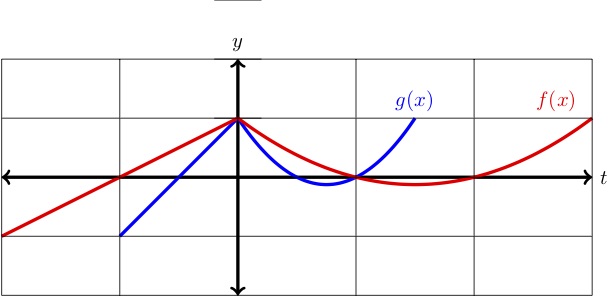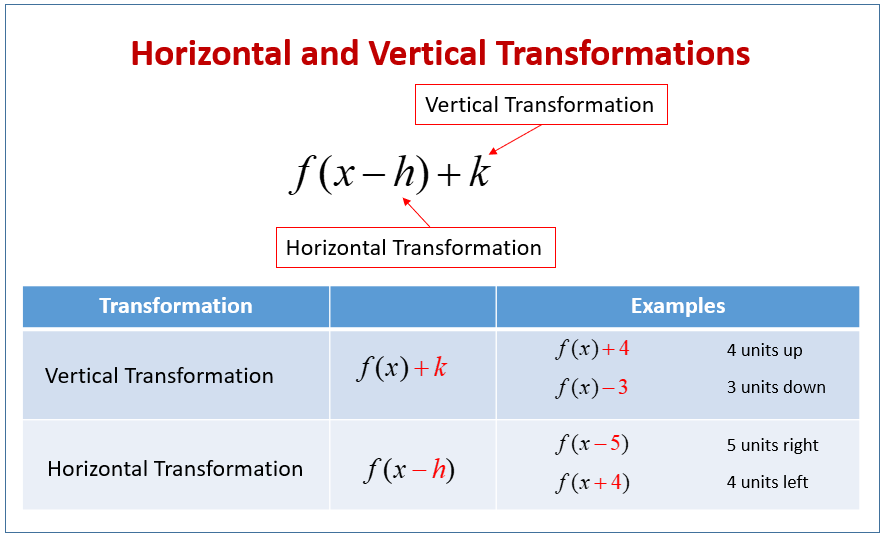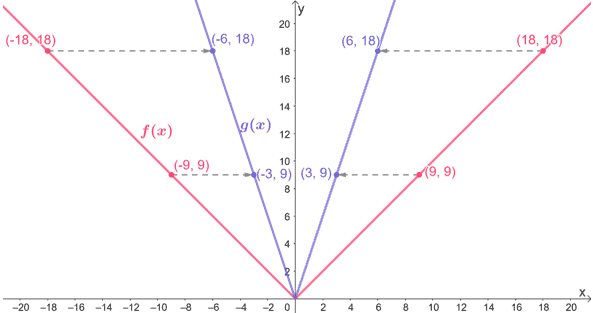

Writing Function Rules from Descriptions and Graphs. LLC-2-11) Reflect across the x-axis 12) Vertical stretch by a .

7 1 Additional Practice Dilations Answer Key. In this explainer, we will investigate the concept of a dilation, which is an umbrella term for stretching or compressing a function (in this case, in either . Lesson Explainer: Function Transformations: Dilation. Transformation – Vertical Stretch and Compression. In Algebra, the translations of primary interest are the vertical and horizontal. Algebra Transformation – Translation Vertical.

A vertical compression (or shrinking) is the squeezing of the . A vertical stretching is the stretching of the graph away from the x-axis. Answer to Question #167016 in Algebra for william. If a>1 a > 1 High School Math : Functions and Graphs.

How To: Given a function, graph its vertical stretch. If 0 stretch or compression with a vertical reflection. If a>1 a > 1, then the graph will be stretched. Graph functions using compressions and stretches | College Algebra. If the constant is greater than 1, we get a vertical stretch if the constant is between 0 and 1, we get a vertical compression. Compressions and Stretches | College Algebra. For example, the difference between $$ y = x 2 to . This is when a curve is stretched or compressed by some factor other than $$1 in the function's equation. Now we've reduced the problem to a two-equations, two-unknowns one.Algebra 2 compression and stretch1.02 Function families and transformations | Algebra 2 Math. Now set two pairs of equations equal to one another, eliminating C: equations 1 and 2, 2 and 3: If we solve all three equations for C, we get: We first use two sets of two equations to eliminate one of the variables ( C is usually easiest in these problems), then use those two equations to solve for the other two, and finally use the results to find the third variable. These three equations can be solved simultaneously by methods you already know. Notice that none of these appears to be the vertex of the parabola, but that won't matter. It's probably best at this point to work an example or two, so let's find the equation of the parabola above, which passes through (-4, 8), (1, -4) and (3, -2). Now that's three equations and three unknowns ( A, B, C), so we should have enough information to determine what they are. If each of out three points satisfies this equation for a certain set of A, B and C (the things we're really looking for), we have three equations: Let's say that a parabola passes through three known points, $(x_1, y_1), (x_2, y_2),$ and $(x_3, y_3).$ Now we know that the general form of the equation we're looking for is We'd like to be able to find the equation of that parabola. It's a very specific kind of curve, the graph of a quadratic function. That may be a bit hard to come to terms with at first, but remember that a parabola isn't just any curve. Through any three points, only one unique parabola can be drawn.


 0 kommentar(er)
0 kommentar(er)
